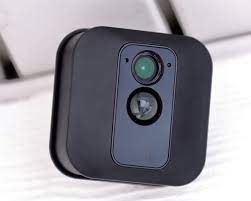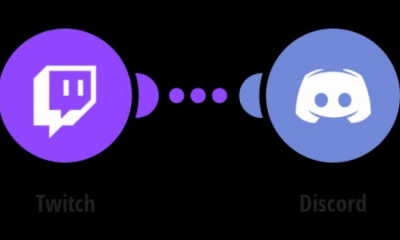News
Some hard drives just aren’t as tough as SSDs, report claims

A recent analysis indicates that not all HDDs are as durable as their SSD counterparts, despite the fact that hard disc drives (HDDs) have a longer lifespan than NAND flash memory used in solid state drives (SSDs).
Solid-state drives (SSDs) have endurance ratings based on terabytes to be written (TBW) and drive writes per day (DWPD), whereas hard disc drives (HDDs) have workload ratings per year.
Serve The Home compared the new WD Red Pro 20TB NAS hard drive’s yearly workload of 300TB to the endurance ratings of current SSDs following the release of Western Digital’s latest model. It’s meant to handle 1,500TB of data over the course of its five-year limited warranty on the WD Red Pro (including both reads and writes). Other hard drive manufacturers such as Seagate and Toshiba also make identical NAS devices.
While the Red Pro 20TB is certified for 2,560TB over five years, the 4TB Red SA500 NAS SATA SSD from WD is rated for 2,550TB. The Ultrastar DC SN840 6.4TB NVMe SSD, built for business applications and capable of writing 35PB over five years, beats both of these drives for mixed read-intensive workloads.
Hard disk drives vs solid state drives
In terms of endurance ratings per terabyte of capacity, SSDs take the lead, but this does not indicate that they are now more durable than HDDs when it comes to the total quantity of data that can be written on them..
It’s because HDD platters are still far more dependable than the NAND flash media in SSDs, which is rated for 10,000 program/erase cycles compared to HDD platters’ 50,000 cycles. Because of this, advanced controllers and error correction algorithms are needed by SSD manufacturers to increase the device’s durability.
HDD platters are coated with magnetic media, which may be re-written without any restrictions. HDDs, on the other hand, rely on motors and mechanics that spin at speeds ranging from 5,000 to 7,2000 revolutions per minute (RPM), making them prone to damage and failure.
There is no difference in the 3-2-1 rule, regardless of whether your data is saved on a hard drive or a solid state drive, as long as one copy is stored off-site. These services may be a lifesaver, since cloud storage providers are more likely to repair defective drives (and also have their own backup systems) in order to guarantee that your data is safe and secure.


















